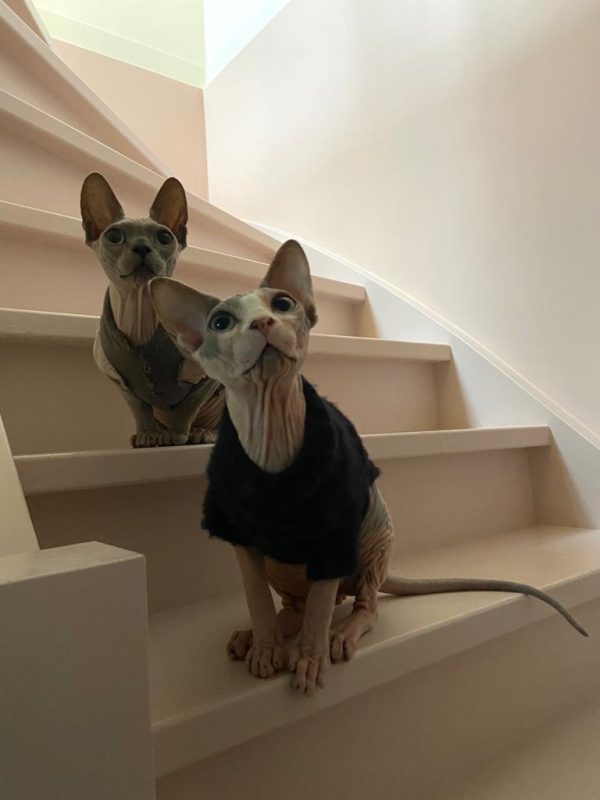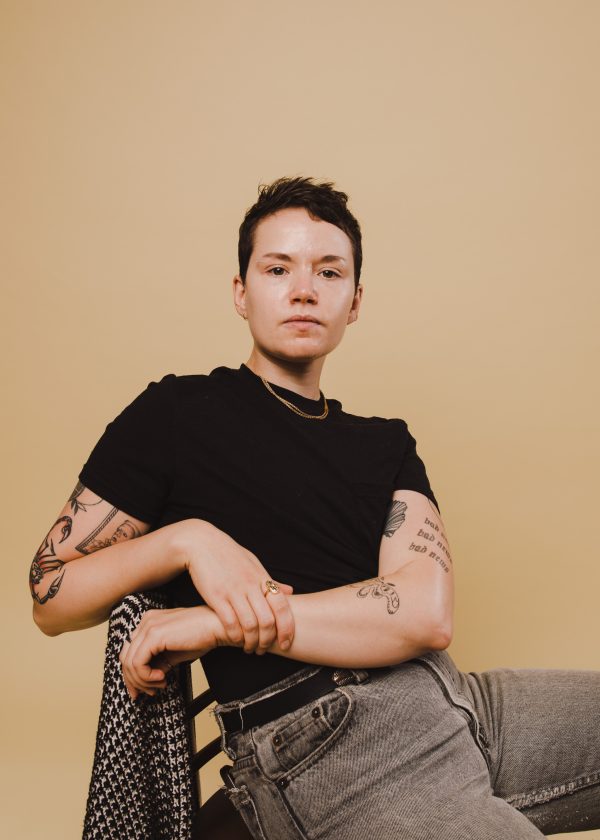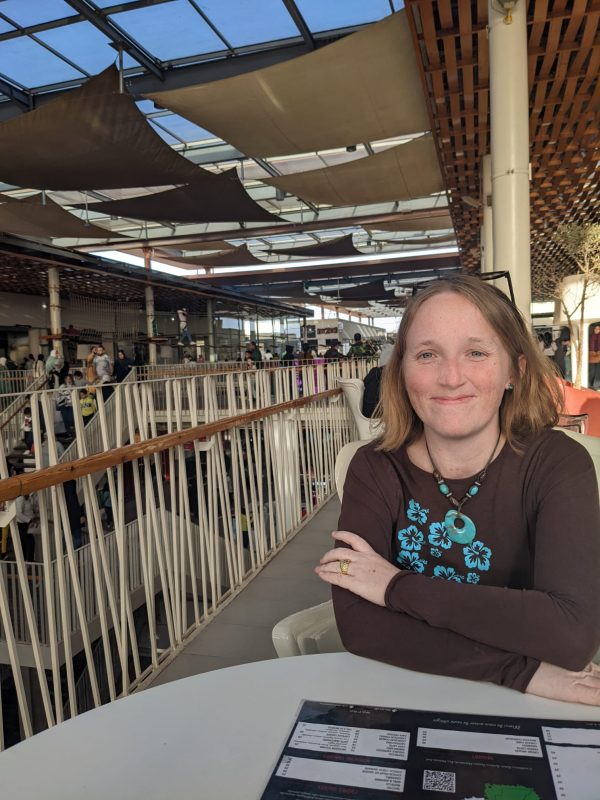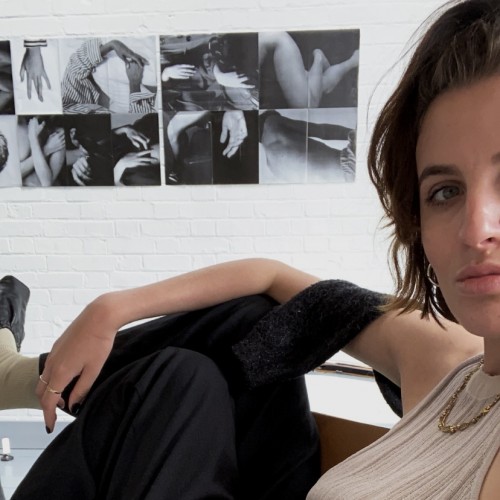Read Time 5 minutes
Get to know: Peter Hujar
It’s time to take a deep-dive into the fine artist with the most intense gaze of the twentieth century. Hujar’s work captured the vibe of the 1970s and 80s downtown New York cultural scene, as well as showing an intimate understanding of the individuals within it. Let’s get to know.


Technical prowess
Rendered in black-and-white, Hujar’s square format photographs are a masterclass in craftsmanship. The range in tone, the crispness of every line, the clarity and depth, and the simplicity of his compositions make him one of the most technically accomplished photographers of all time, and he was contemptuous towards his less skilled contemporaries. Shout-out too to his sensational printing assistants – one of whom appears to great advantage in Gary Schneider in Contortion I and II.

Scenes
Whether taken in the studio or in the cruising spots of the Hudson River piers, Hujar’s compositions usually depict people in recumbent or seated poses, and rarely feature props or sets which would interfere with the viewer’s focus on the subject’s face. However Peter Hujar was more than just a portrait photographer – his works include still life, street scenes, catacombs and farm animals.



Emotional moments
Peter Hujar had a penetrating gaze which he managed to replicate with his camera, somehow seeing to see through the person in front of the lens and into their innermost feelings. His emotional intelligence and innate empathy allowed him to capture the fragility of every sitter, as well as ecstasy, stoicism, pensiveness, defiance … and sometimes an inscrutable cocktail of the above which mesmerises us as viewers.




Who’s who
Hujar is associated with a number of twentieth century New York’s most interesting creative minds; Diane Arbus, Nan Goldin, Paul Thek, Susan Sontag, Fran Lebowitz, David Wojnarowicz, Robert Mapplethorpe [with whom he had a tense relationship], Candy Darling and Andy Warhol all crop up in his life story. This was a truly stimulating moment in time with a riveting cast of bohemian characters.

Mortality
Whether intentionally or not, Hujar’s work often touched upon the theme of mortality. In the pictures which overtly deal with depictions of disintegration and decay the notion of death is self-evident, but in his portraiture it is more subtle – for a group whose lives were precarious due to social alienation and the looming AIDs epidemic, these portraits serve as a reminder: we existed. Hujar himself never shot a photograph again from the moment he was told he had AIDs in 1987 [according to his friend and manager of his estate, Stephen Koch], and ten months later he succumbed to AIDs related pneumonia, one of the great many artists lost to the disease.
END
All images courtesy of The Peter Hujar Archive.
subscribe for the latest artist interviews,
historical heronies, or images that made me.
what are you in the mood for?










